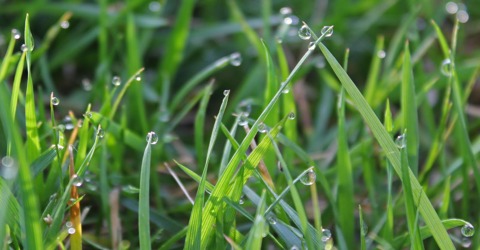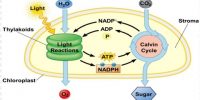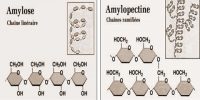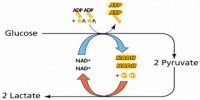Guttation may be defined as a process by which plants give out excess water the form of droplets of plants, especially those growing in a moist, warm sod and under humid conditions, will often exhibit droplets of water along the margin of their leaves. This loss of water is guttation. This drop of water possesses various salts proving that they are not dew.
Guttation happens when the stomata are closed and transpiration happens when they are open. It happens at night when the soil is very moist and the roots absorb water.
Characteristics
- This process is very common during warm humid nights.
- This process occurs in plants growing in high soil moisture.
- It occurs through specialized pores called hydathodes present near the vein endings.
Example
Guttation doesn’t happen in every plant. Trees, for example, are too large to create the force needed to push xylem upward hard enough to cause guttation.
Colocasia esculenta (Arum)
Guttation of water occurs through special structure present on leaves are known as hydathode or water stoma. So, guttation occurs during the night time.
















